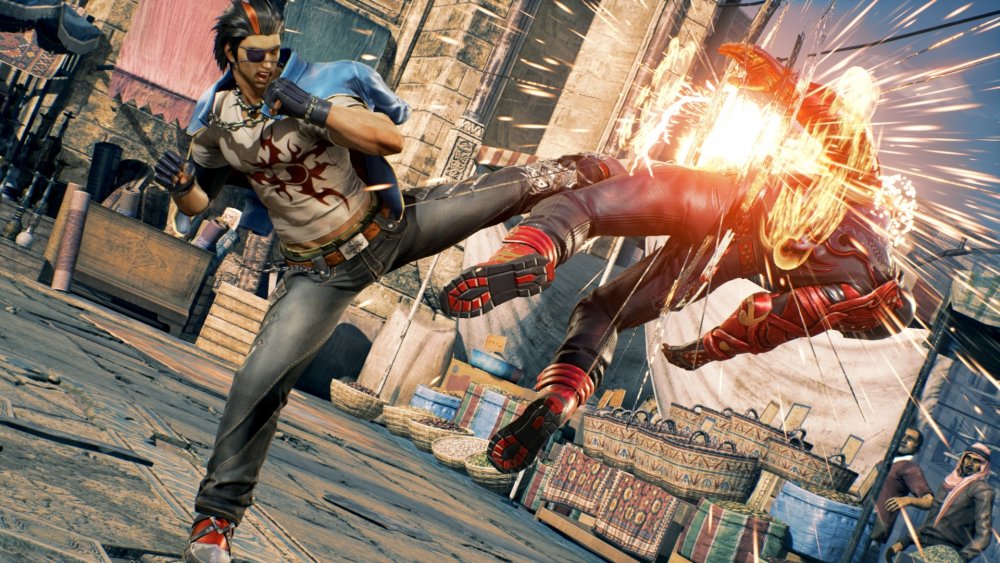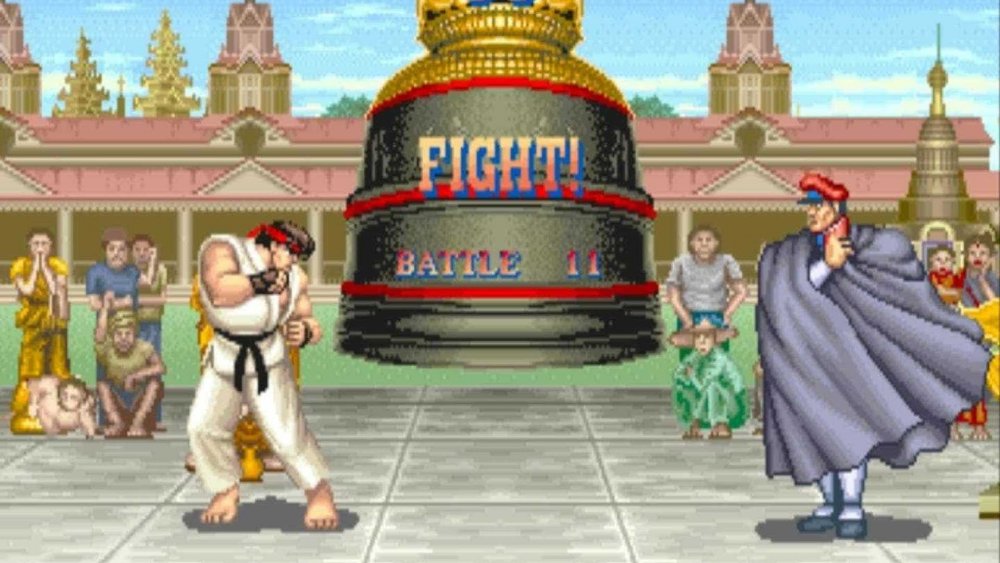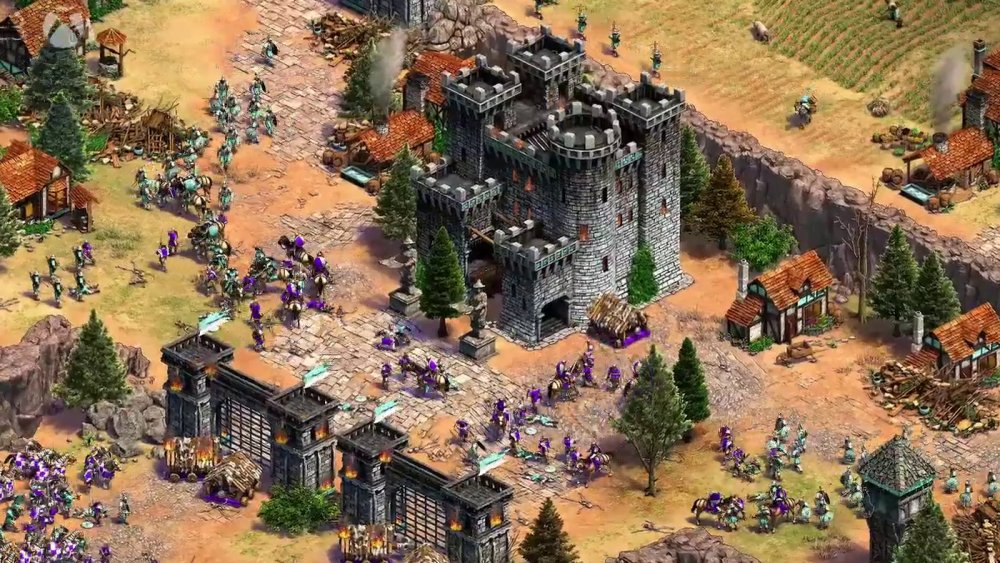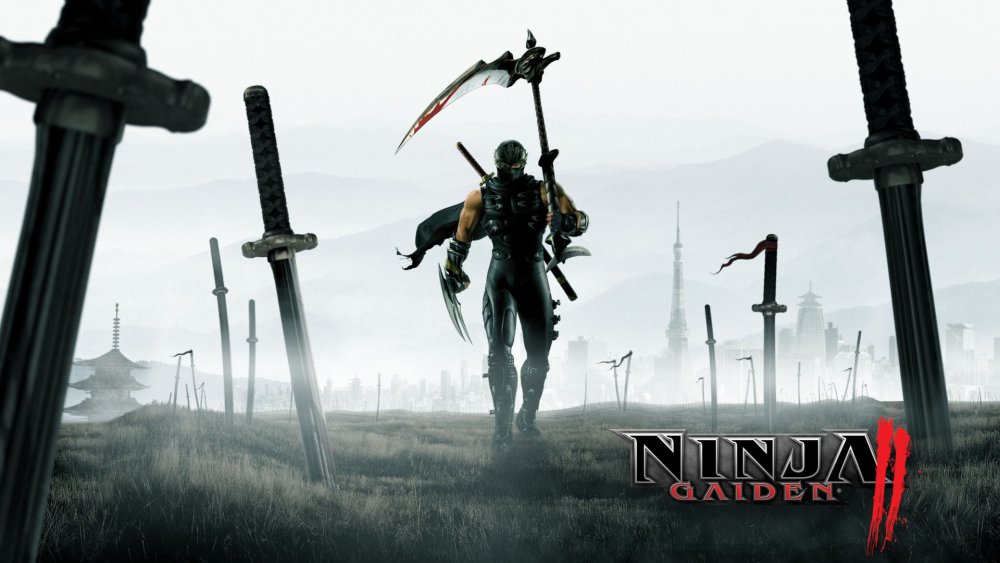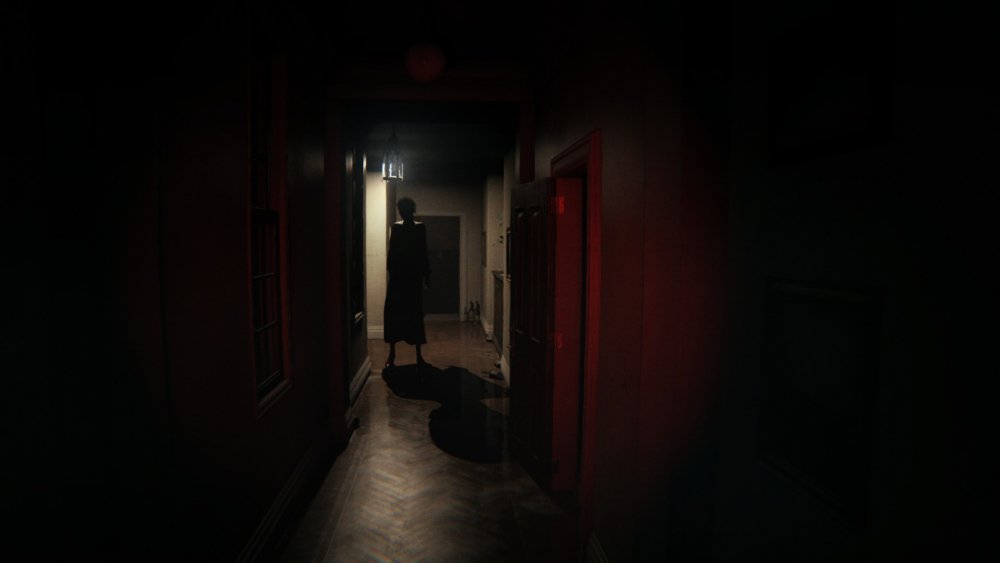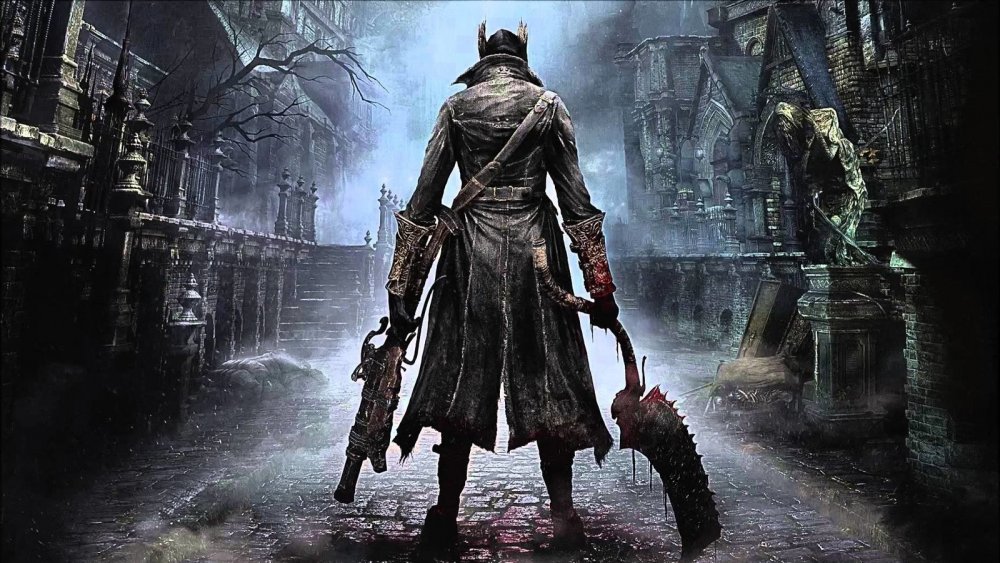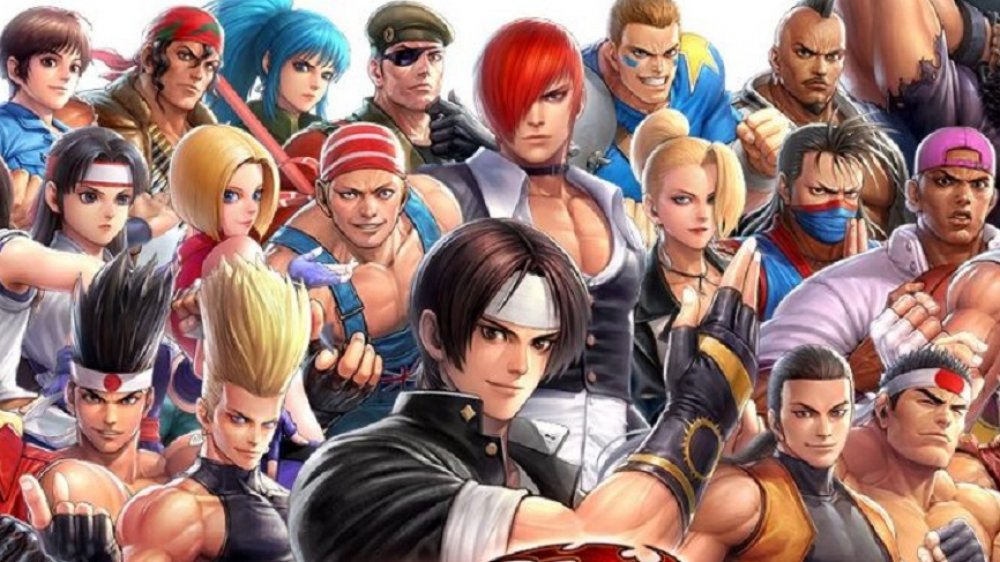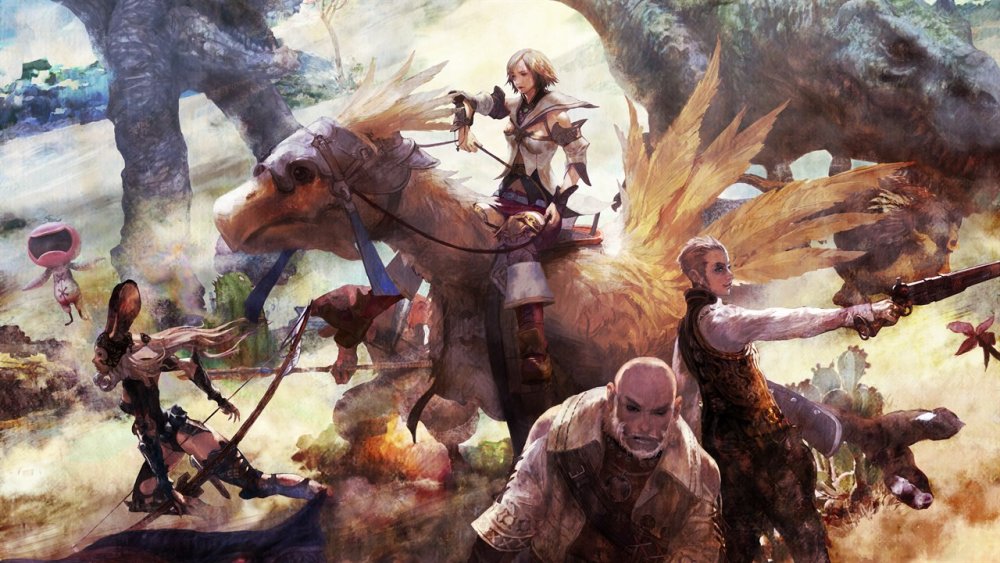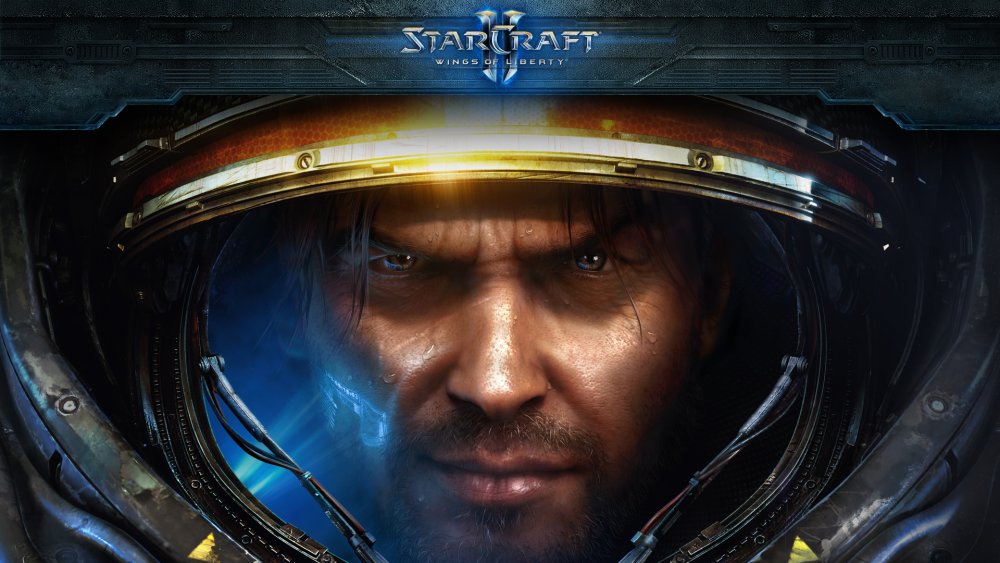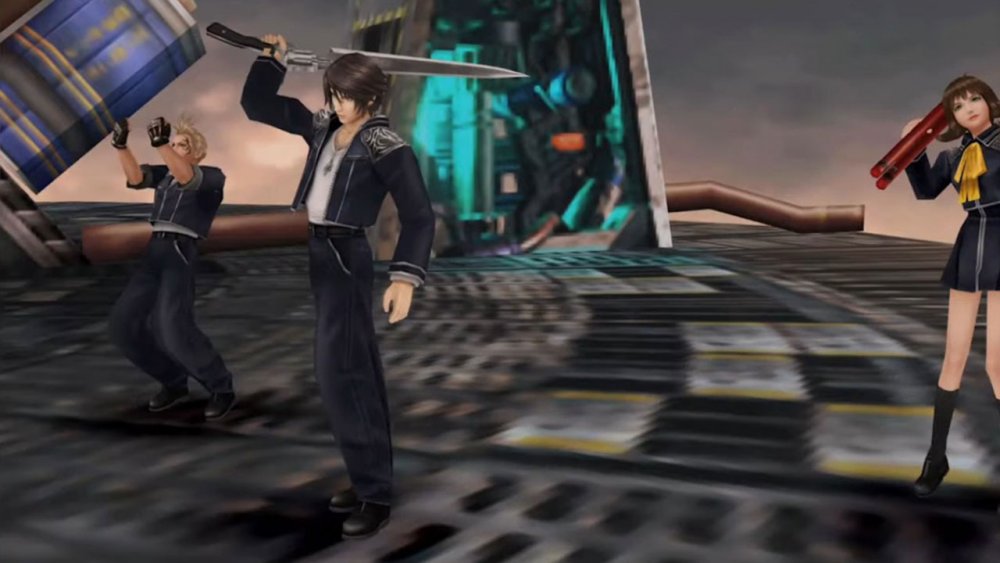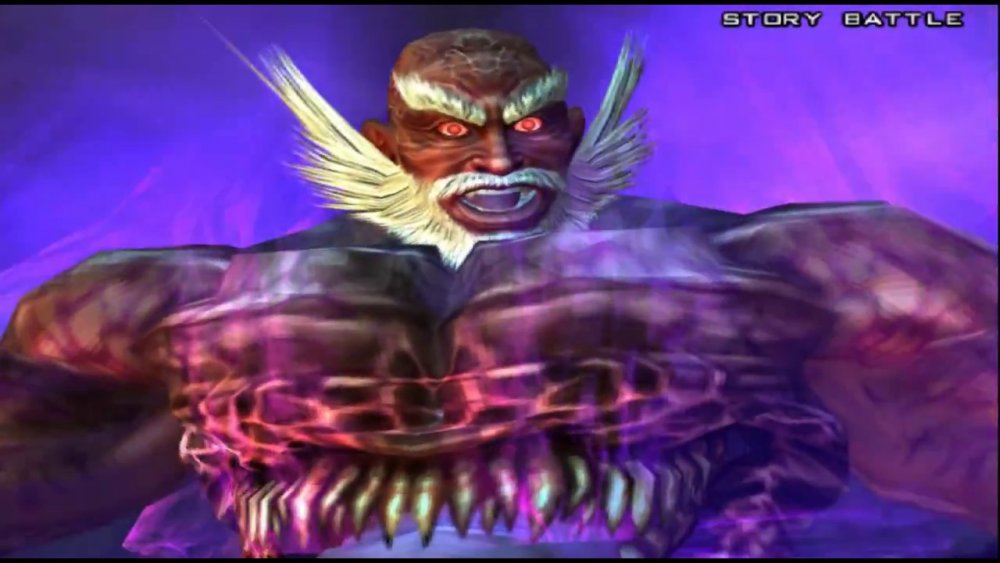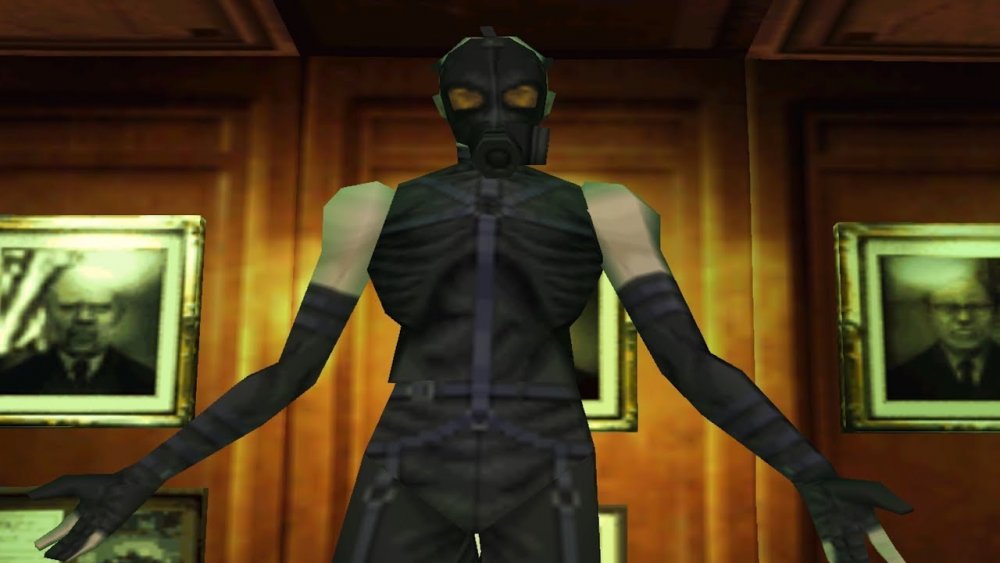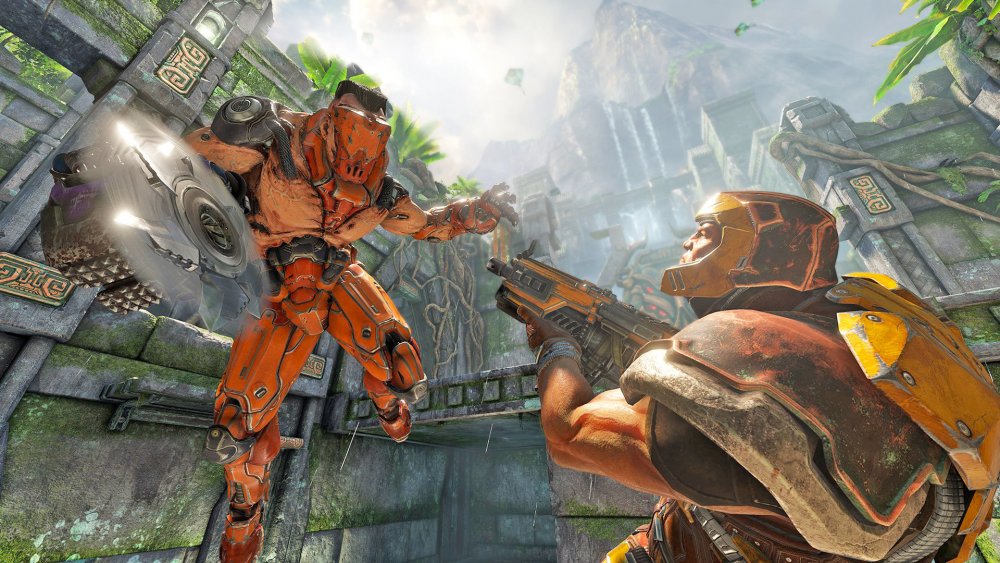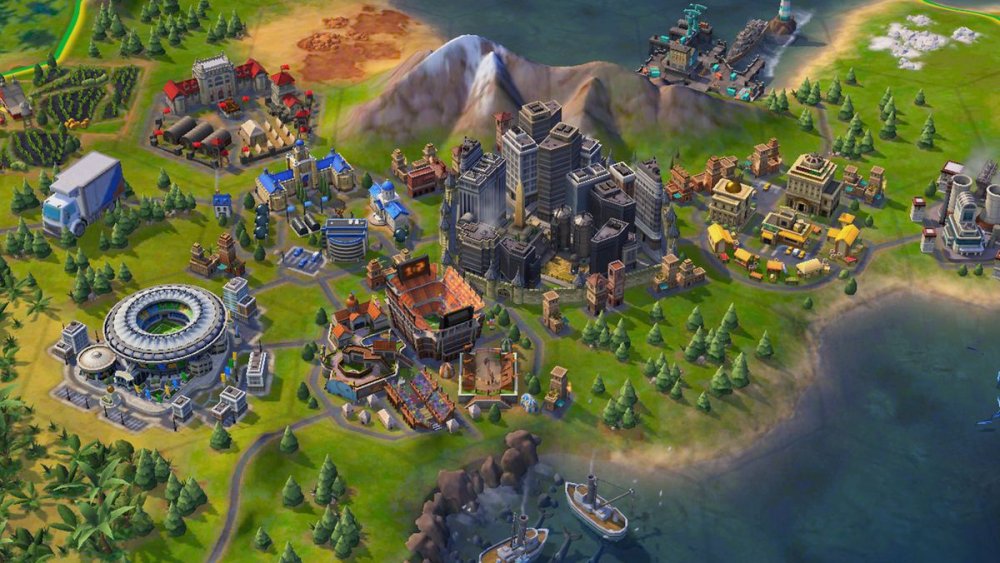Games That Cheat To Beat You
Titles like Dark Souls have earned a loyal following by featuring more punishing gameplay. Rather than detracting from the experience, the struggle to move forward increases your satisfaction once you finally complete your objective. Gamers enjoy a challenge as long as it stems from well thought-out game mechanics they can learn to overcome. Through this model, designers reward players for investing their time and mastering the system, often resulting in a greater sense of accomplishment than you'll find in easier games.
Unfortunately, some games use other methods to increase the difficulty level. Game code uncovered by hackers has revealed various developers cheat outright to make games harder for players, a practice you can trace back to arcade games. Rather than creating titles with replay appeal, certain developers would stack the deck against players to get more coins out of them. This trend has continued as gaming platforms evolved. Here are the biggest offenders when it comes to tricking players into believing they aren't good enough.
Street Fighter 2's performance-enhancing drugs
Remember beating all your friends in Street Fighter 2 only to inexplicably lose when you took on the CPU? It turns out there really was a conspiracy, one even Ryu was in on. The CPU characters in Street Fighter 2 far exceed those you have access to as a player. They can perform moves at greater speeds and with shorter wind-up times between them. The game limits your button input speed but not the computer's, meaning you (probably) were never too slow. Even a contraption made to press the buttons at ultra-high speeds would lose against the game.
Projectiles are even more brutal. The CPU can spam them like it's nothing, and they'll also travel the screen faster than the projectiles you cast. Worst of all, when you finally get some hits in the CPU recovers quickly enough to apply punishing counters you can't perform or dodge.
Age of Empires 2's infinite resources
Despite being the most popular game in the quintessential historical real-time strategy series, Age Of Empires 2 is also the most broken when it comes to playing against the AI. Even excellent players complain about the AI's impossibly good economy, a claim, it turns out, has some truth to it.
In the original version of Age of Empires 2, you'd witness a miracle when you set the game to the Hardest difficulty setting, albeit one that did not work in your favor. According to series creative director Adam Isgreen, the AI had better access to resources than the player and would, essentially, receive free resources. The AI could also see the entire map, eliminating the need to scout or react to your strategies. The developers purportedly corrected this issue for the Definitive Edition of the game, forcing the AI to scout and manage resources.
Ninja Gaiden 2's traitorous armadillo
Before Dark Souls stole the spotlight, the Ninja Gaiden series was the go-to for tough but fair challenges. This applies to most fights in the series, except for a deviously unfair boss. Enter the Nuclear Armadillo in Chapter 7 of Ninja Gaiden 2 . Though hard to beat, the Nuclear Armadillo does not stand out too much from the other bosses in the game. The real problem pops up right after it dies.
After depleting its health bar, the Nuclear Armadillo explodes out of nowhere and kills you. What can you do about this? Well, you have to re-load the game and fight the boss again. If you try to run, use magic, or anything other than entering guard stance the moment the Armadillo kicks it, you'll encounter another "Game Over" screen. As the developers only give you a moment to push the right button, prepare to repeat this sequence more than once.
Kojima made finishing P.T. impossible without a microphone
Before Konami unceremoniously canceled Silent Hills, the company released an interactive demo that became one of the most popular horror experiences in gaming history. P.T., short for "playable teaser," forces players to walk down the same hallway over and over again until they solve all of its puzzles. Though you can reach the finish line with little problem, it turns out crossing it might be impossible.
For years, no one knew how to finish P.T., not even those who had played it all the way through. Some players claimed it just ended, while others claimed they had to literally talk to the game. Hacker Lance McDonald put the mystery to rest. After digging into the game's code, he confirmed only players with a microphone could trigger the final cut scene. Players who claimed they beat it without a microphone either had one connected via WiFi without knowing or were lying. For an experience so full of subliminal messages, it's pretty disappointing the game does not provide any hints about this requirement.
Bloodborne's switcheroo
Like the Dark Souls series it spawned from, Bloodborne is mostly a hard but fair game. Its inequity stems from a very nasty con move the developers pull on unsuspecting players. When you reach an area called Old Yarhnam, the game conditions you to fight hooded creatures called beast patients. These enemies don't present much of a problem even when in relatively large groups. After a while, though, you encounter another hooded creature that, despite its appearance, turns out to be something far worse.
Known as a Snatcher, the creature possesses a much more unpredictable move set than the beast patients and a massive amount of health. It becomes stronger as its health depletes and can also kill you in one hit. To add insult to injury, this enemy then "snatches" you and takes you to a much harder area in the game. Talk about a nasty surprise.
SNK bosses live and breathe unfairness
While old Street Fighter games have only recently been exposed for their "roided up" characters, SNK fighting games such as The King Of Fighters series have always been so transparent about their cheating they originated a meme called "SNK Boss Syndrome." This meme makes fun of bosses that are incredibly hard to beat because of their ludicrous strength and abilities.
On top of possessing reaction times no human could hope to match, these bosses go a step further and read your input, countering your moves in the nastiest ways possible. They don't get any nicer when they go on the offensive, using nearly inescapable attacks that fill the entire screen. If that weren't enough, they also have hitboxes that are harder to hit than you'd expect, reducing the amount of damage they take. Even their basic attacks, which look like regular punches and kicks, take away an inexplicably high amount of your health.
Final Fantasy 12's anti-save
Save points in Final Fantasy 12 take the form of crystals, a long-standing symbol of hope in the Final Fantasy series. These crystals usually appear in one of two colors: blue and orange. The orange version, known as a Gate Crystal, can teleport you to other Gate Crystals. With more than one type of save crystal established from the get-go, it's probably safe to assume you'll discover additional crystal varieties during the course of the game.
This assumption proves true, just not in the way you'd expect. In a specific dungeon, right when the game starts to get harder, you come across a green save crystal, a color typically associated with beneficial elements like healing and nature. Given this is your first encounter with the green crystal, it's natural to think its abilities will top even the orange crystal's impressive powers. They don't. The green crystal is actually a monster that mimics crystals and waits patiently for players in desperate need of healing to come along, only to strike them at their weakest. It's likely to blame for various trust issues and an even higher amount of "Game Over" screens.
There's no escaping StarCraft 2's AI
Though nearing its tenth anniversary, StarCraft 2 is still one of the best free-to-play games on the market. Blizzard achieved this by creating an extremely balanced experience, no simple task for a game featuring three distinct playable factions. While StarCraft 2 delivers a near-perfect player vs. player mode, the same cannot be said about its single-player component.
When playing solo, the AI has an enormously unfair advantage over unsuspecting players. Despite implying the opposite, StarCraft 2's AI is always aware of where you are. Though the game obscures the areas you aren't actively exploring with a looming shadow known as the Fog of War, the AI pierces the veil, maintaining constant awareness of the location of every single unit on the map. The larger the map, the worse this gets. You have to spend time and resources to find the enemy, while the AI can, at any moment, charge to where it knows it'll cause the most damage.
Final Fantasy 8 makes leveling up pointless
Like most RPGs, Final Fantasy 8 features a progression system. You'll likely take this as a cue to start leveling up, a surefire way to improve your chances against the enemies in the game, right? Wrong. For the first time in the series, Final Fantasy 8 has enemies that secretly level up alongside you. This alone makes the classic process of killing monsters for experience points rather fruitless, especially since leveling up too quickly can cause you to lose out on key item drops for upgrades.
Luckily, the speedrunning community has found a workaround. In what seems like an in-game strike, players have started to progress through the game while refusing to level up. Since the mandatory battles don't give out EXP, you can go through the entire game without leveling up a single time. You can then use the time gained by not grinding to get better items, something that gives you an actual advantage.
Tekken bosses take many pages from the SNK book
The bosses in the first four Tekken games were easy to beat, a surprising feature considering one of them is the literal Devil. For Tekken 5, though, the developers decided to try another tactic. Jinpachi Mishima, a man who's a little too muscular to be one hundred years old, is a complete nightmare. He not only hits much harder than he should, with attacks that can take over half your HP, but he recovers from anything you throw at him with record speed. Jinpachi also possesses superhuman reflexes, as he has an ultra-fast move that interrupts anything you attempt to do, letting him unleash his final blow.
Jinpachi is a playable character in the subsequent games. Though still heavily muscular, he turns into a regular fighter when picked by a human. Gone are the absurd speeds, the incredible damage, and his all-powerful instant interrupt-all move. It looks like his age has finally taken its toll.
Metal Gear Solid wants you to think it's reading your mind
The Metal Gear Solid series has earned a reputation for messing with players, a fact never more evident than in the boss fight against Psycho Mantis in the original game. Though Psycho Mantis seems like any other boss at first, it quickly becomes apparent the developers have set you up for failure. Be prepared to lose over and over again as the psychic enemy seems to read your mind, anticipating every move you make. Punches do nothing, bullets miss, and rockets blow up in your hands. He even breaks the fourth wall, accessing your system's memory card, commenting on the other games you've played, and causing your controller to shake.
Mantis can't really read minds. He's just designed to be better than the you. The game makes him move faster than you can aim. Oh, and he's also immortal. To beat him, you need to "Mantis-proof" your game. In one of the best examples of video game logic ever, you can do this by plugging your controller into a different port. The controller swap will turn the all-powerful Mantis into a regular enemy, ready for the slaughter.
Quake's bots are just the worst
Ever been defeated by a player you thought was just better at the game than you only to then find out he was a cheater when he got banned a few moments after? Well, the bots in the Quake games use all of those cheats, and they sure won't get banned because that's how the developers designed them to work.
In both Quake 3 and the more recent Quake Champions, the bots maintain constant awareness of your position. Even when they don't point right at you, it's a ploy to make you feel like you still have a chance. Don't let this fool you. They can — and likely will — instantly lock their sights on any player as soon as they've had enough of the ruse, a big problem if they're using a weapon such as a railgun, which comes with projectiles that have no travel time and will instantly kill an unarmored player. These bots have long been the bane of the community, as matches are automatically filled with bots that will inevitably crush the hopes of any new player hoping to get better at the game.
Civilization cheats with pride
The AI in the Civilization series takes the cheater's crown. We're not just talking about the Nuclear Gandhi glitch, but an entire list of cheats the game shamelessly uses against you. In the original Civilization, the AI can teleport its caravans instantaneously. Its production levels never falter, even when entire cities riot. It can even build spaceships before beginning the research on the technology required to do so. When the AI cities look less developed, that's just a trick used to hide their real value. The AI is always secretly much wealthier than the player.
Luckily, there's a silver lining. The game can always pinpoint your weakest zone, and, since it is ultra cowardly, that's the only place it will ever strike. If you consistently move units between your most vulnerable areas, the weakest zone will not remain the same long enough to cause the AI to launch an invasion.

